Summary
The 1950s was a time of much change in the aviation world.
With the war years now firmly behind, the world’s airlines began to look to expand their operations and open up new routes.
It was also a time dominated by developments in aircraft technology, with new types coming to the forefront – especially jet airliners, which were introduced in this decade.
The 1950s also saw many war surplus aircraft continue to be taken up by new airlines hoping to make money ferrying passengers and cargo. Many of these aircraft were old and worn out, but allowed some interesting companies to emerge.
Douglas DC-3
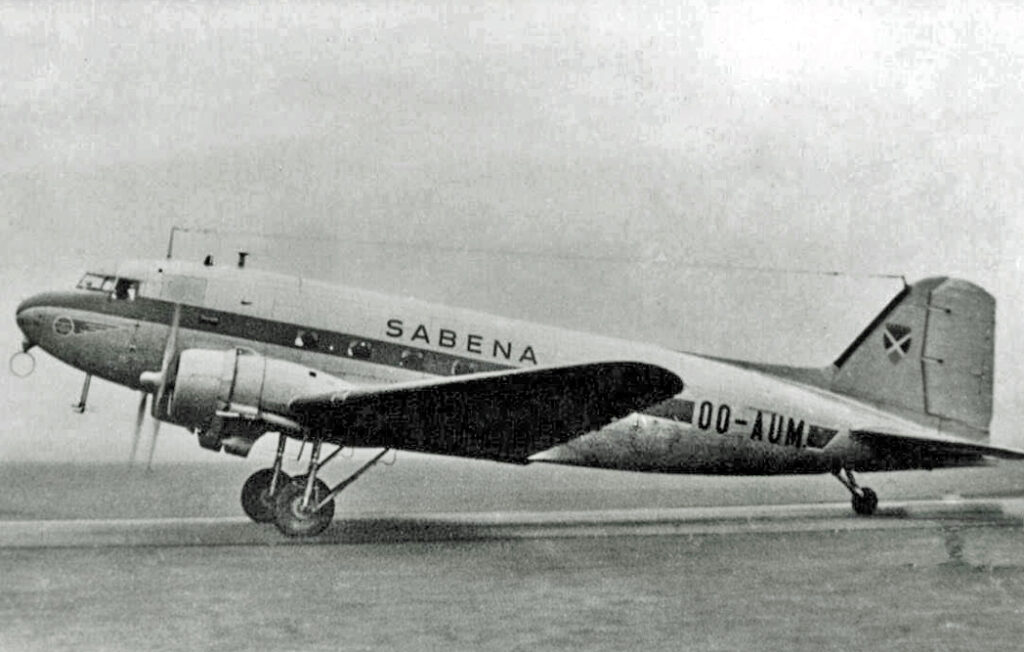
By RuthAS – Own work, CC BY 3.0, https://commons.wikimedia.org/w/index.php?curid=10670294
Whilst this classic airliner was now some 15 years old in 1950, it had been produced in such large numbers for the war effort that it became the dominant type in airline service around the world.
Both the DC-3 and the military C-47 variant became common in airlines big and small, carrying passengers and cargo, and would remain so for many years to come.
Lockheed Constellation
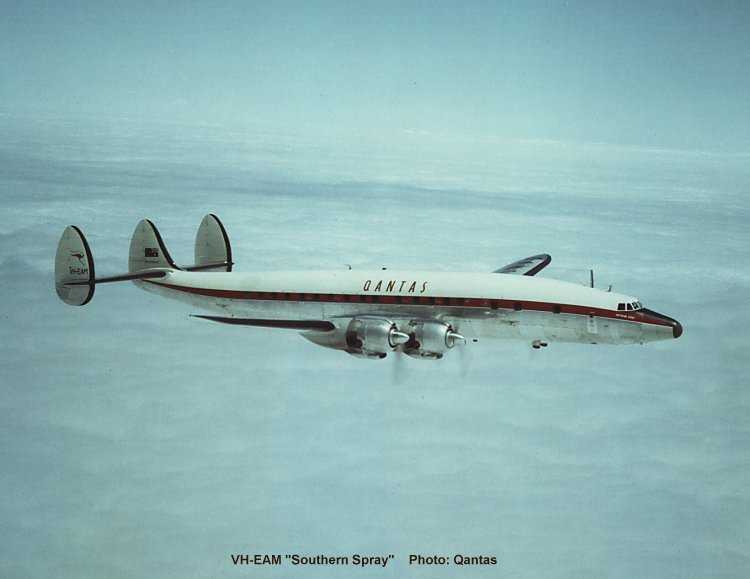
Developed in the early 1940s with the intention of providing luxury passenger accommodation for airlines like TWA, the Constellation was quickly requisitioned into war service before it had been able to prove itself.
Now the war was over, Lockheed and customer airlines were able to reintroduce the Constellation into service, and it became common around the world. However, with turboprop and jet technology coming to the fore, it never became the best-seller that was hoped.
Bristol Britannia
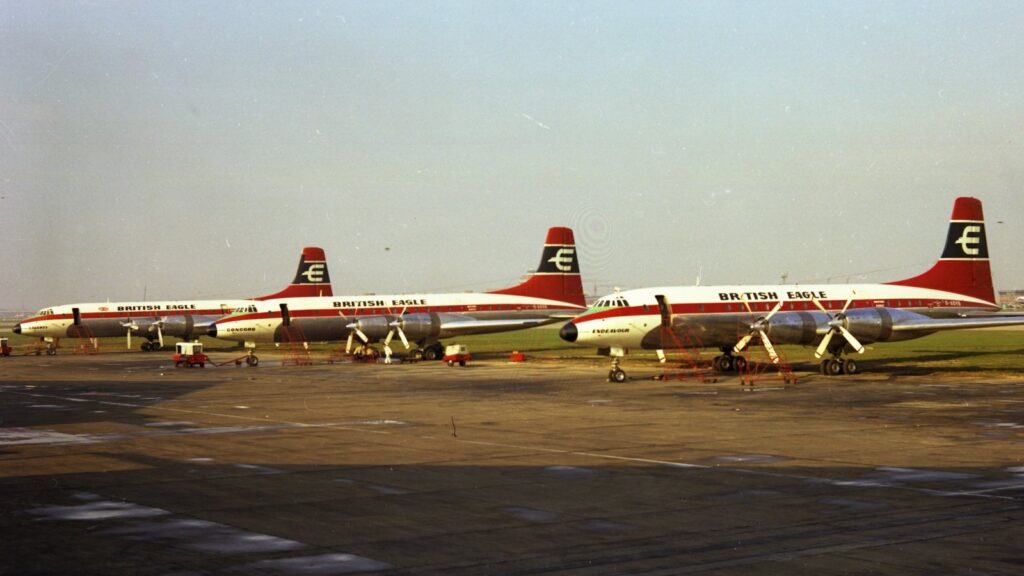
(c) BAe Systems
Like the Constellation, the Bristol Britannia came a little late.
Long on the design board, it did not fly until 1957.
It was, however, powered by turboprop engines, which gave it a boost against the rival Constellation. But with the advent of jet travel, the proposed long-haul use of the Britannia would not be as important as hoped. Soon the Comet and Boeing 707 would be whisking passengers long distances in much quicker times.
De Havilland Comet
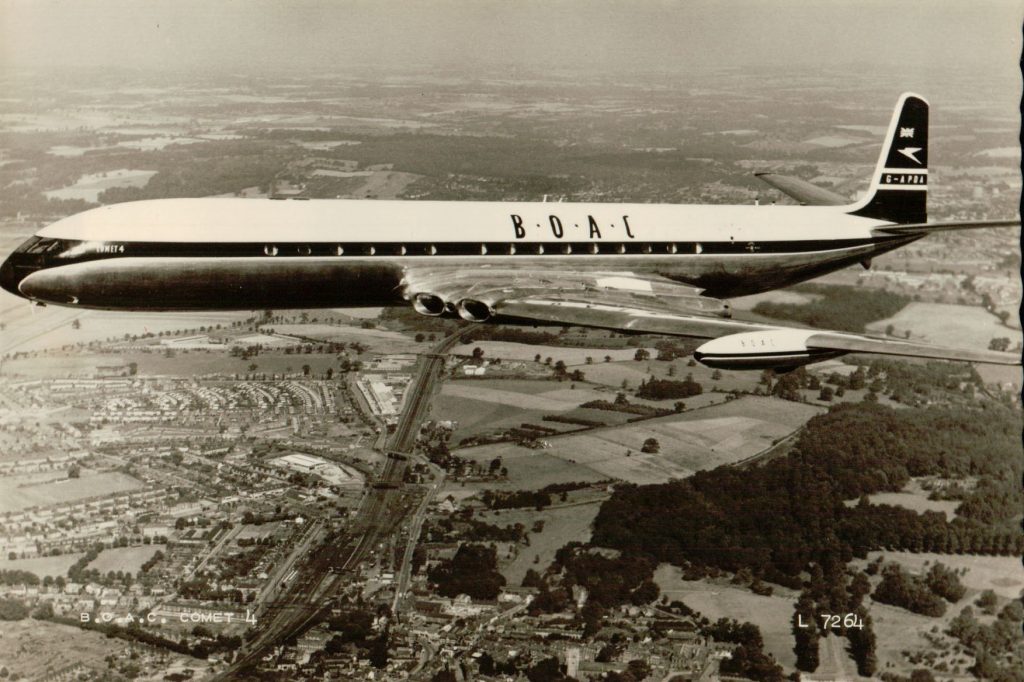
Developed in the late 1940s, the de Havilland DH.106 Comet entered service with BOAC in 1952. For the first time, passengers were able to fly in a jet aircraft, which offered comfort and speeds unmatched until that time.
However, a series of crashes led to the early Comets being grounded, allowing competitors Boeing and Douglas to steal the market with their own products.
The Comet would come back with modified and larger variants in the late 1950s, but the damage had largely been done.
Boeing 377 Stratocruiser
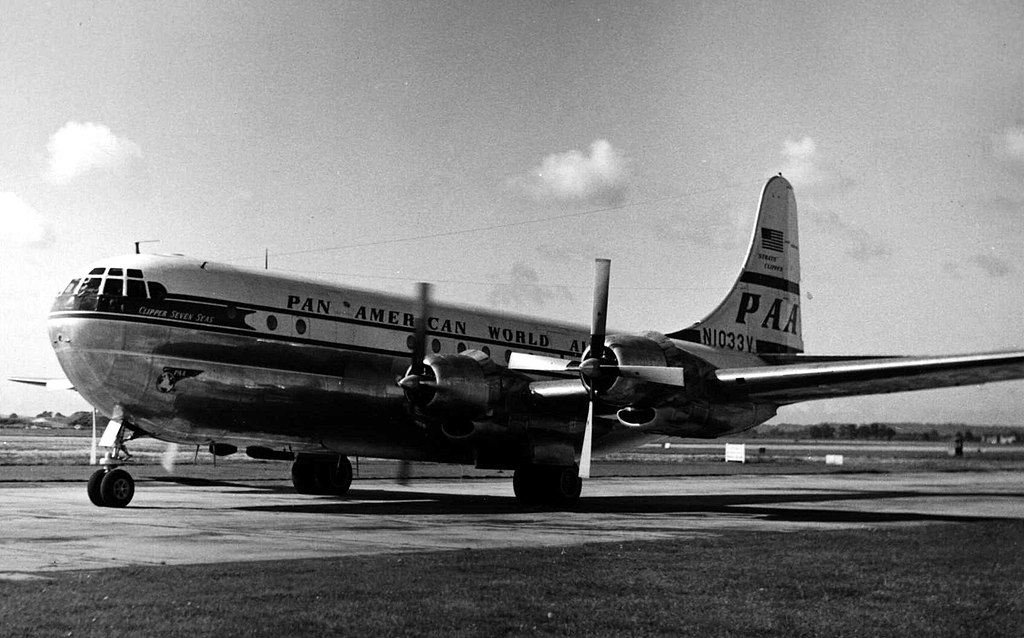
RuthAS, CC BY 3.0 <https://creativecommons.org/licenses/by/3.0>, via Wikimedia Commons
Although developed in the late 1940s, the Boeing 377 Stratocruiser was still being heavily used in the 1950s pending the impending jet age making this older technology obsolete.
The Stratocruiser was developed from the B-29 Superfortress military bomber and included a bulbous upper fuselage. It was used on long-range flights, with luxurious passenger spaces, by airlines like Pan Am and BOAC.
Douglas DC-6
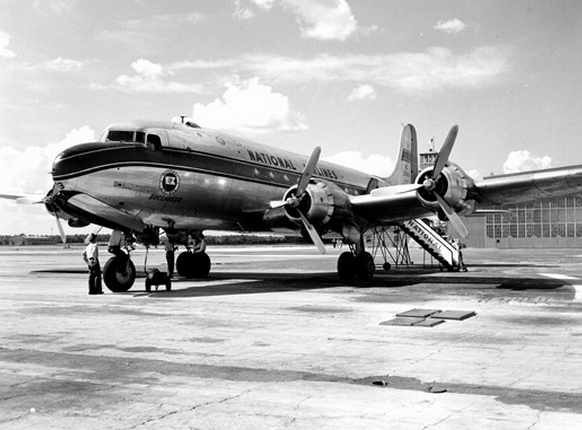
Following the success of the DC-3, Douglas went on to produce larger piston engine airliners like the DC-4 and DC-6.
The DC-6 entered service in 1947, and went on to become a common sight through the 1950s and later decades, with over 700 produced (many for military purposes).
The four-engine piston airliner was in the fleets of many US airlines, and found service all around the world.
Boeing 707
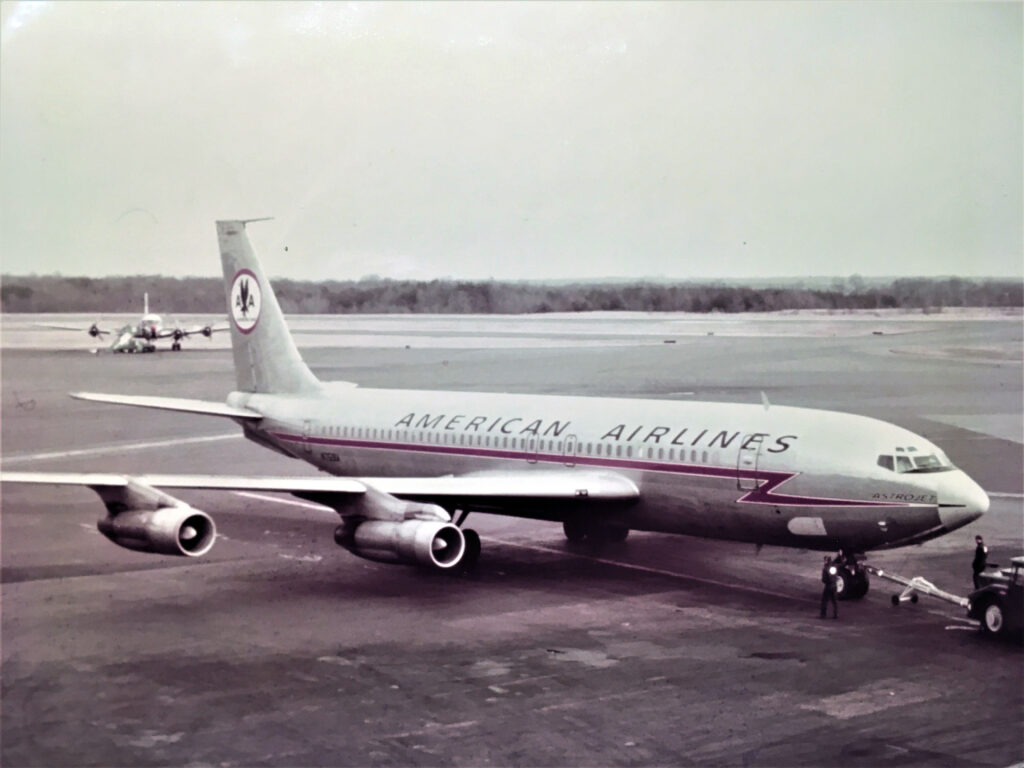
America’s answer to the jet age came in the form of the Boeing 707.
Developed initially as a military tanker aircraft, Boeing saw the opportunity to offset its costs by offering a passenger variant. It would prove very popular.
The first 707 prototype flew in 1954, and the first commercial example was delivered to Pan Am in 1958.
Douglas DC-8
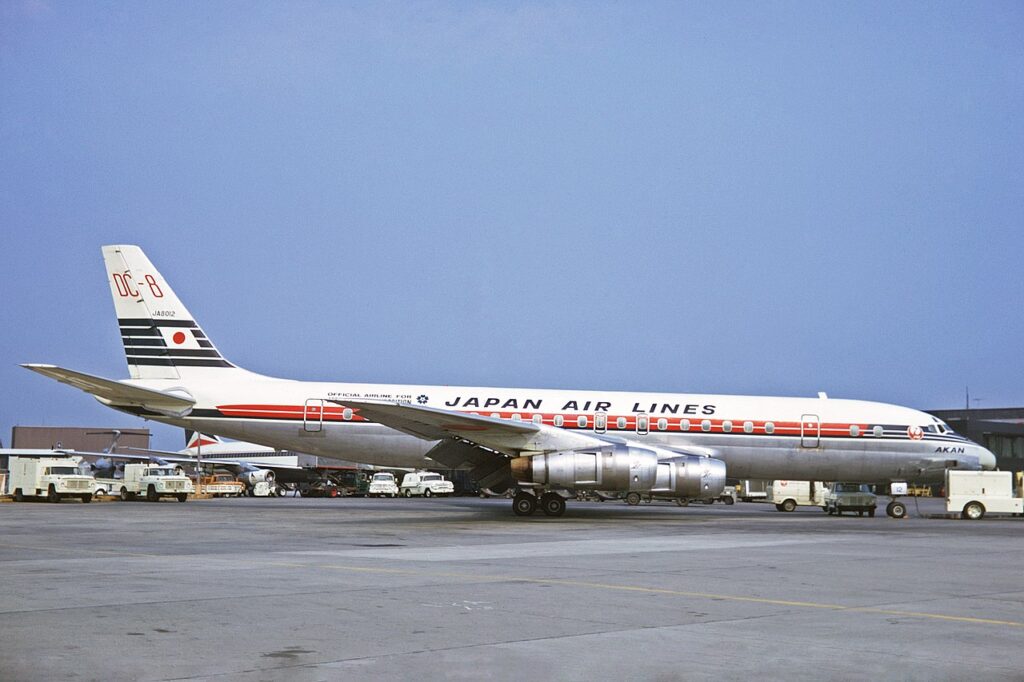
Boeing’s main rival in the commercial aircraft market was Douglas. Whilst its DC-3 and other piston airliners were proving popular, it made the leap into jet airliners with the DC-8.
Like the 707 it featured four engines and good range. It first flew in May 1958, and entered service with Delta and United in 1959.
Flying Firsts
Learn about the history of airliners from the 1930s to the present day in Flying Firsts. This airliner reference book is packed full of colour photos, histories, facts and dates about these aircraft, with a handy tick-box guide to mark when you’ve seen each one.
Get Your Copy Today


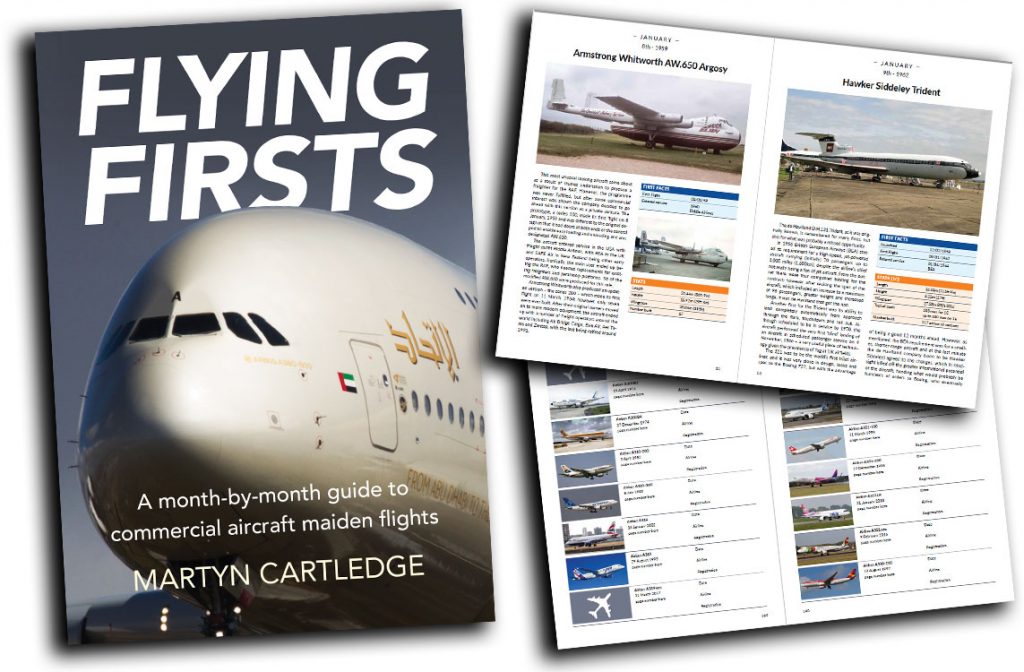



1 comment
Sadly never able to fly on a DC6, DC-7 or Constellation, however enjoyed my Comet 4B flights and the just so roomy Britannia. Lots of DC-3 and 707 flights though…magnificent.
We do have a Super Constellation near Sydney that flies, so maybe, just maybe, one day have a scenic flight on it.